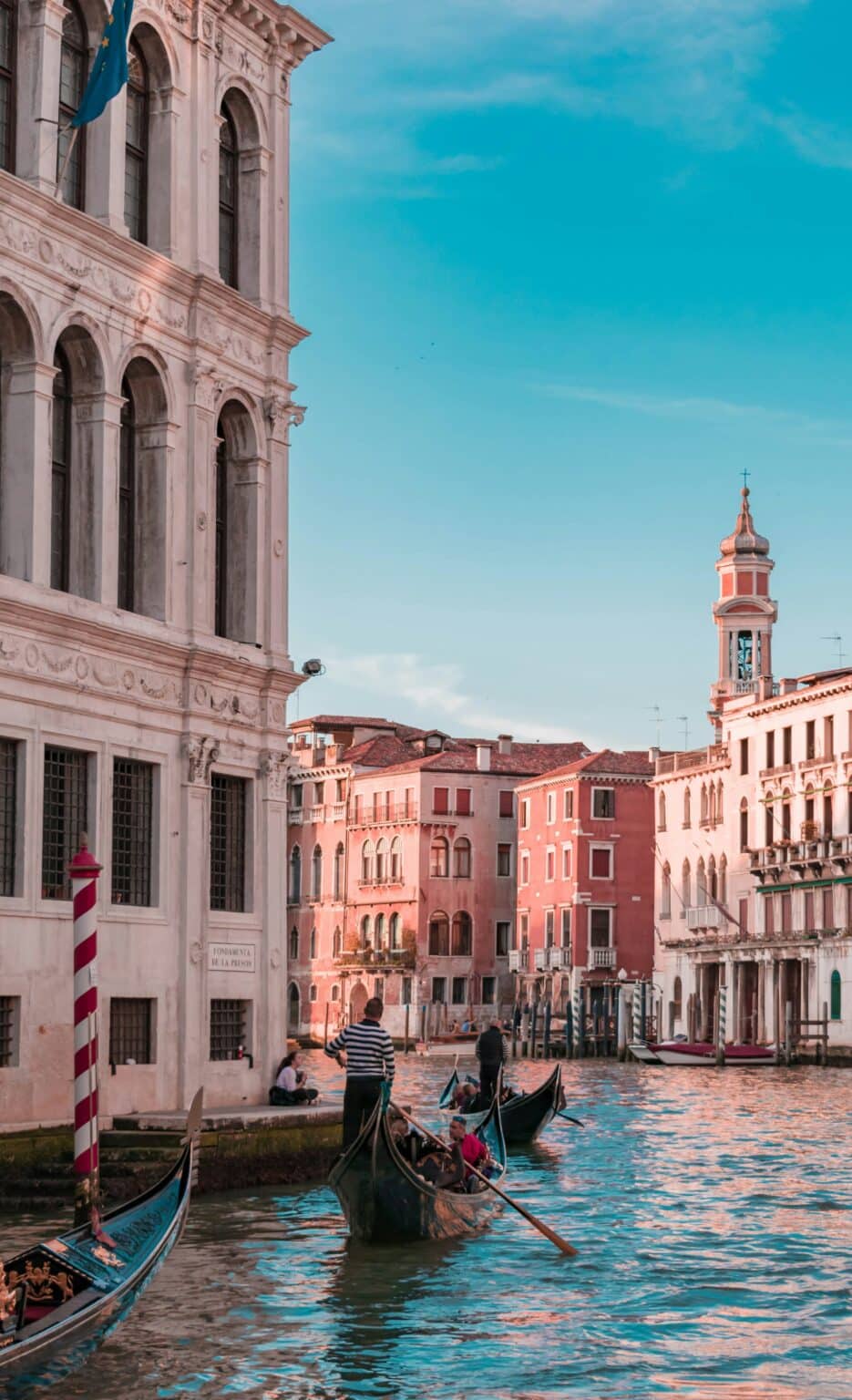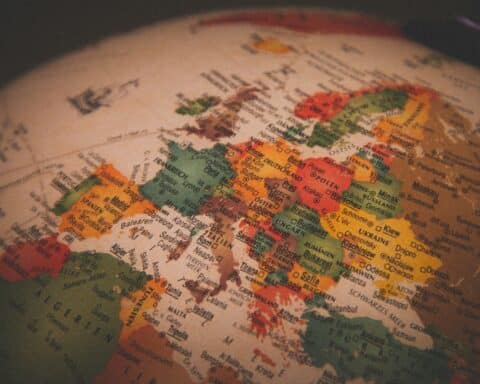Instagram versus reality. On social networks, the most fashionable places are photographed from their best angle, with few people in the field of vision. However, the truth is that these idyllic tourist spots are densely populated with tourists, blocking certain access points, leading to disrespectful behaviour and spoiling the pleasure of discovering an exceptional destination in complete peace and quiet. It’s a phenomenon that local authorities are determined to counter.
While overtourism in certain cities dates back several decades, the problem seems to have intensified in recent years. Since the advent of social networks and the post-covid resurgence in the number of people going out, cities have boosted their communications around their dream address to attract tourists. Content creators have also highlighted both iconic and more confidential locations, inviting their communities to discover these sublime destinations. Not to mention the exponential appeal of places seen in films and TV series, a trend known as jet-setting.
The result is an unmanageable flow of travellers that is constantly approaching or exceeding the capacity limits of any given territory. According to the World Tourism Organisation, 95% of the world’s visitors visit less than 5% of the Earth’s surface. Although tourists boost local trade and raise the profile of these regions, this movement of people, taken to extremes, causes a great deal of damage. Culture shock and disrespect for traditions, exasperation among locals, environmental damage, denatured panoramas… The high season becomes a real ordeal. To protect their municipalities, more and more institutions are taking drastic measures to reduce the number of tourists. Focus on a social issue that seems out of control.
Taxing tourist attractions
Overwhelmed by mass tourism, Venice has decided to introduce a five-euro tax at the entrance to the city. Long promised, this financial contribution is designed to raise awareness among travellers and regulate traffic. The tax came into force on 25 April 2024, and will remain in force every day until 5 May, and at weekends in May, June and the first two weeks of July. An experimental measure which, for opponents, falls far short of the tourism problem in the City of the Doges.

Since 14 February, visitors to Bali have had to pay a tax of almost 10 euros. Amsterdam has increased its tourist tax, while Athens has raised the price of tickets to visit the Acropolis. In the end, however, these extra charges will only penalise some of the less well-off travellers.
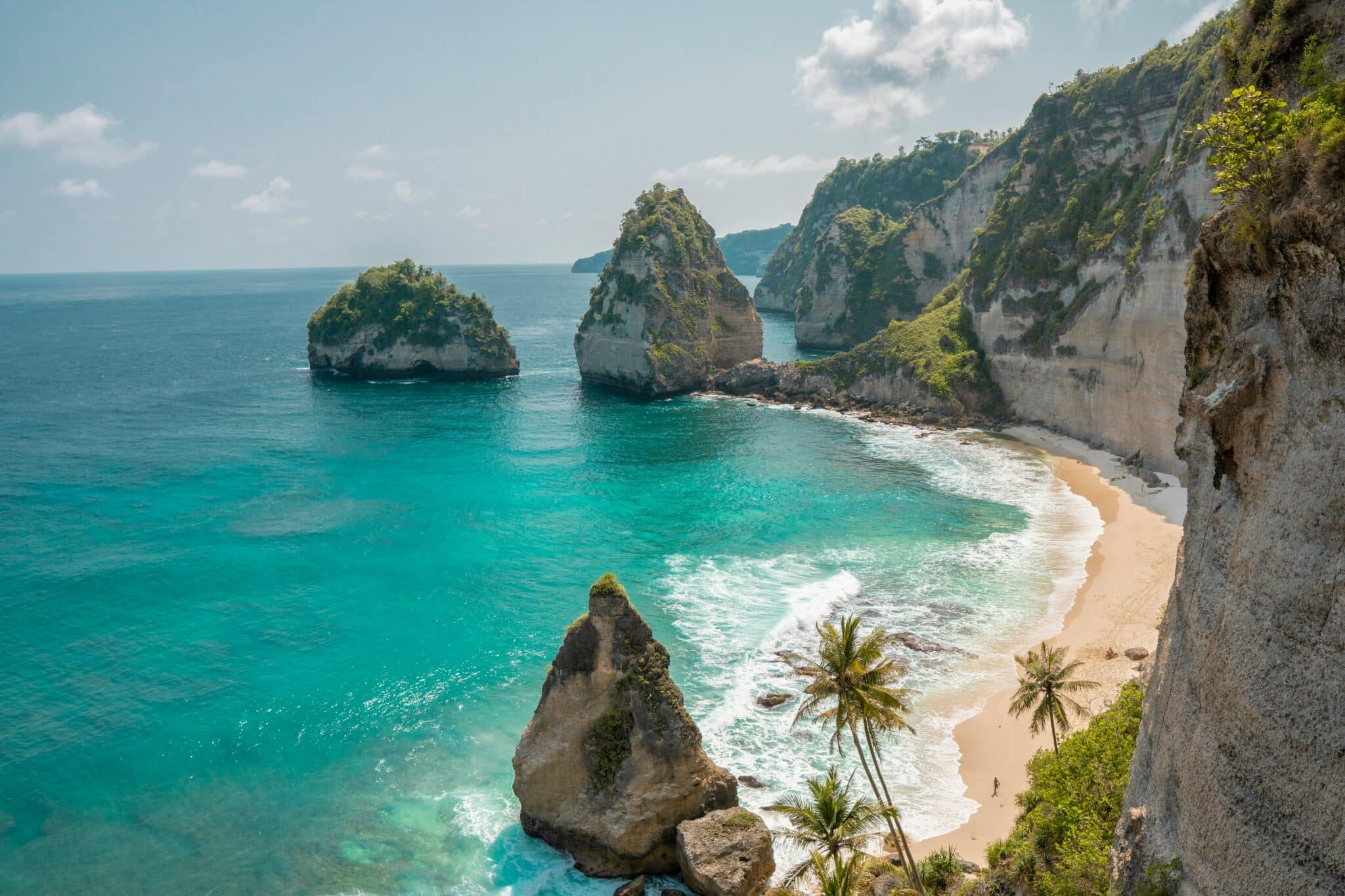
Limiting access, even banning it
Other destinations, such as San Sebastian and Barcelona, have decided to limit the number of people in tourist groups wishing to visit the cities’ iconic sites. Barcelona is even planning to send alerts to travellers’ phones during heavy traffic to encourage them to take alternative routes. Last April, locals and activists in Barcelona demonstrated to protest against overtourism. The same thing happened in Mallorca at the end of May, not to mention all the other demonstrations that bear witness to a general feeling of being fed up.
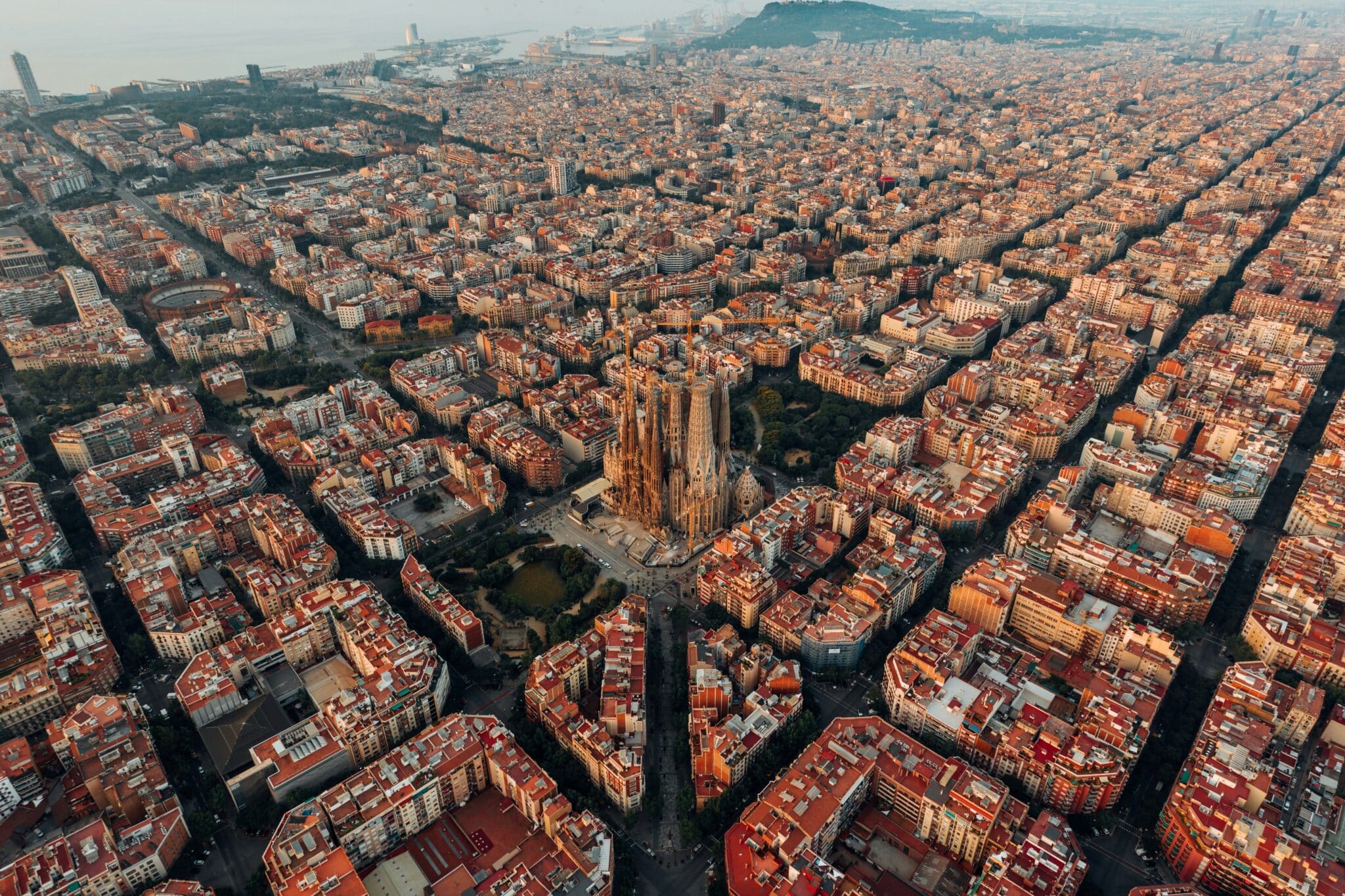
In France, the Calanques in Marseille have launched a reservation process to limit visitor numbers. The island of Porquerolles and one of the Lavezzi islands in Corsica have also curbed access. Ile Vierge, in Crozon, Finistère, even closed one of its beaches to the public after it was featured in a magazine. It’s a tough decision that echoes the paradise beach of Maya Bay, on the island of Koh Phi Phi Ley in Thailand. It had to close from 2018 to 2022 to restore the coral reefs after the site had been ravaged by tourists for years, following the film The Beach starring Leonardo Di Caprio.
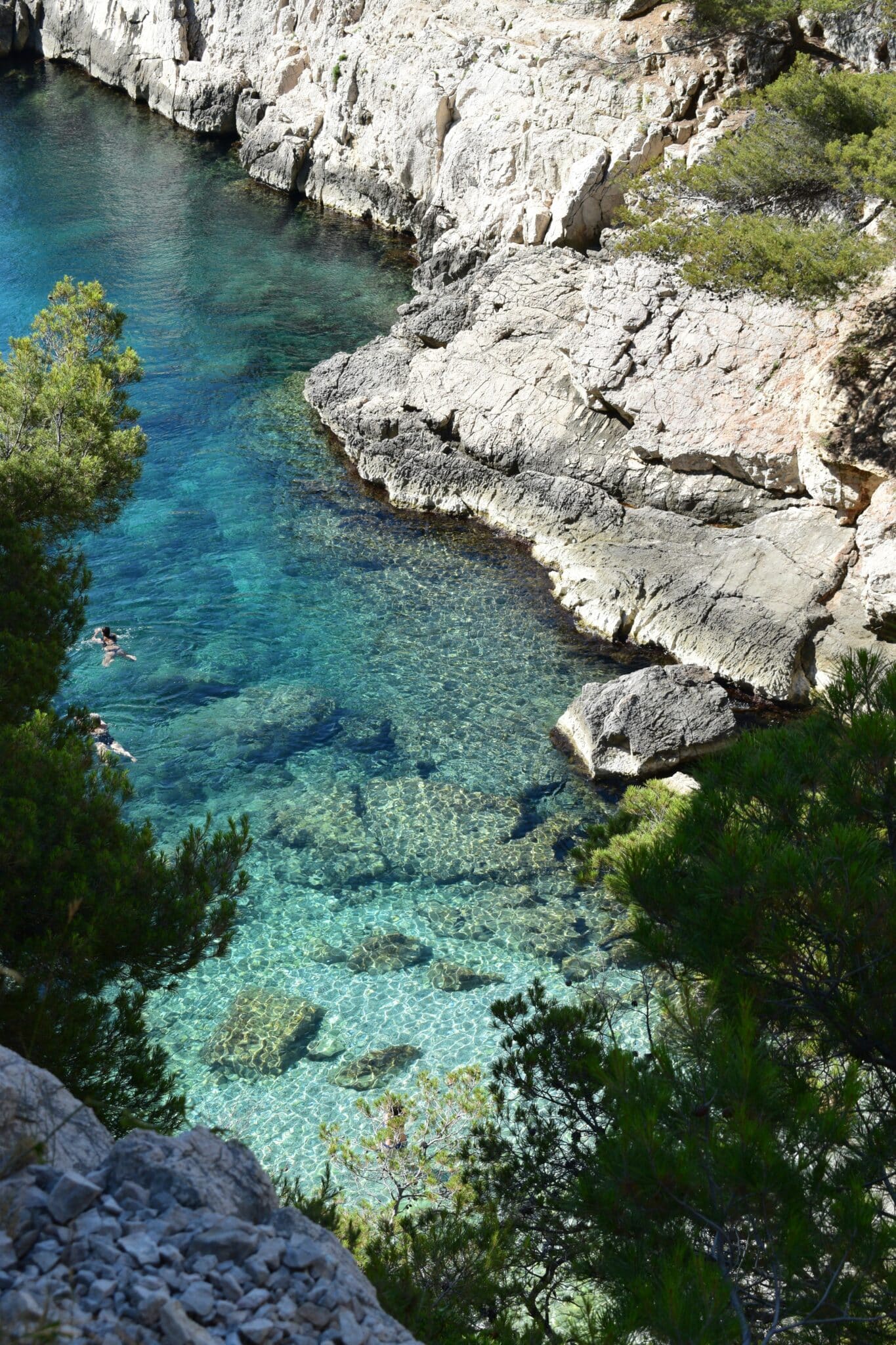
On Mount Fuji, not far from Tokyo in Japan, a daily quota of people will apply from this summer. As a result, access to the most popular route to the summit will be restricted, and a charge will also be made. In another measure, the authorities in the town of Fujikawaguchiko have installed a large tarpaulin to discourage tourists from visiting a strategic photography spot with Mount Fuji as a backdrop. As well as regulating the massive influx of visitors, this decision was taken to reduce pollution, with tourists leaving behind a plethora of rubbish.
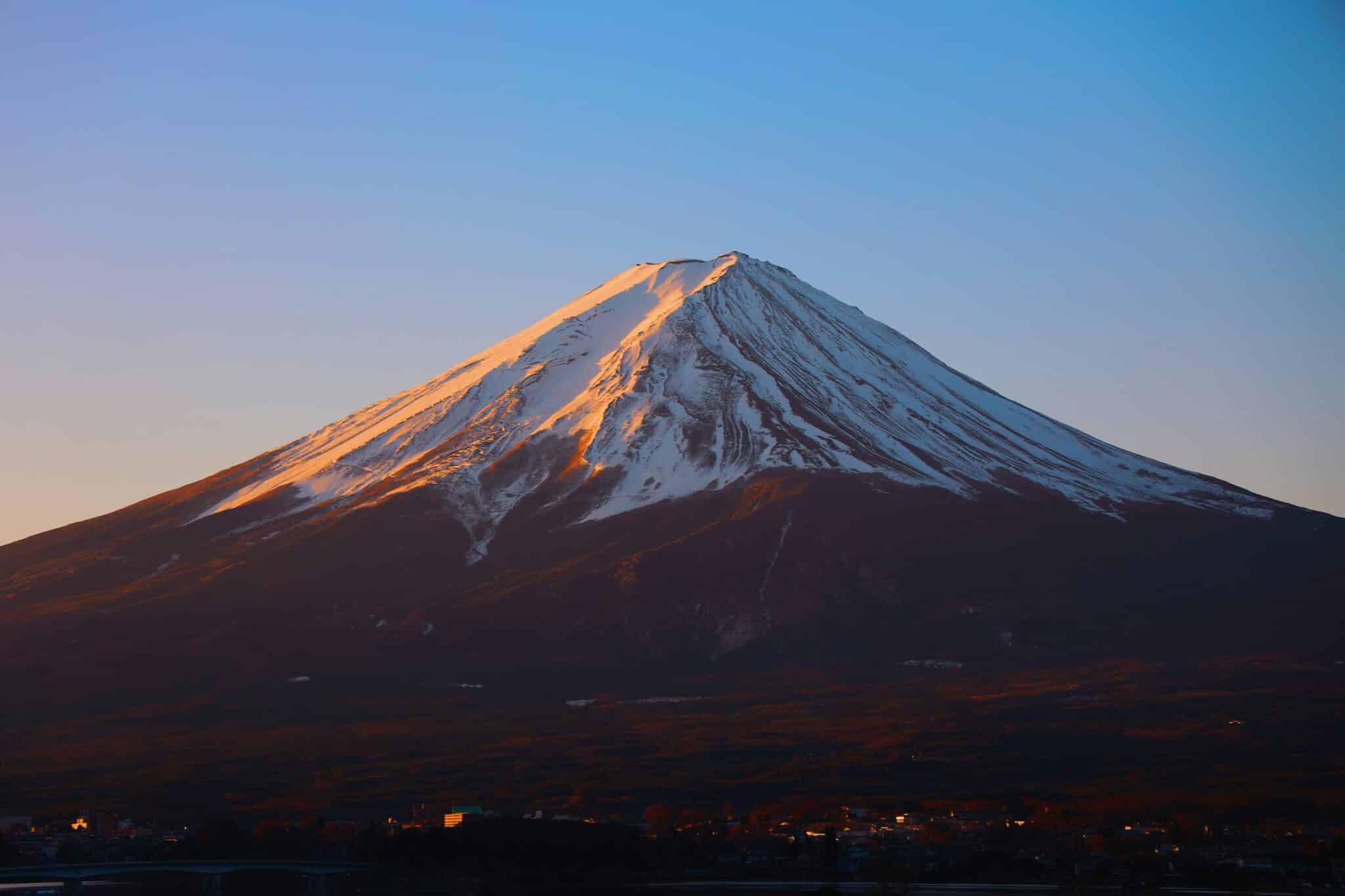
Also in Japan, in Kyoto, the private lanes of the Gion district are now off-limits to tourists. The main street, Hanamikoji, remains open, but is lined with warning signs. And with good reason. Unwary travellers, flirting with disrespect, used to storm the Geishas, often very young and even under-age, by approaching them and taking photos without their consent.
A bolder and more controversial measure was introduced in the Italian village of Portofino last year, which prohibited people from stopping walking on pain of a fine, in order, according to the town council, to improve traffic flow.
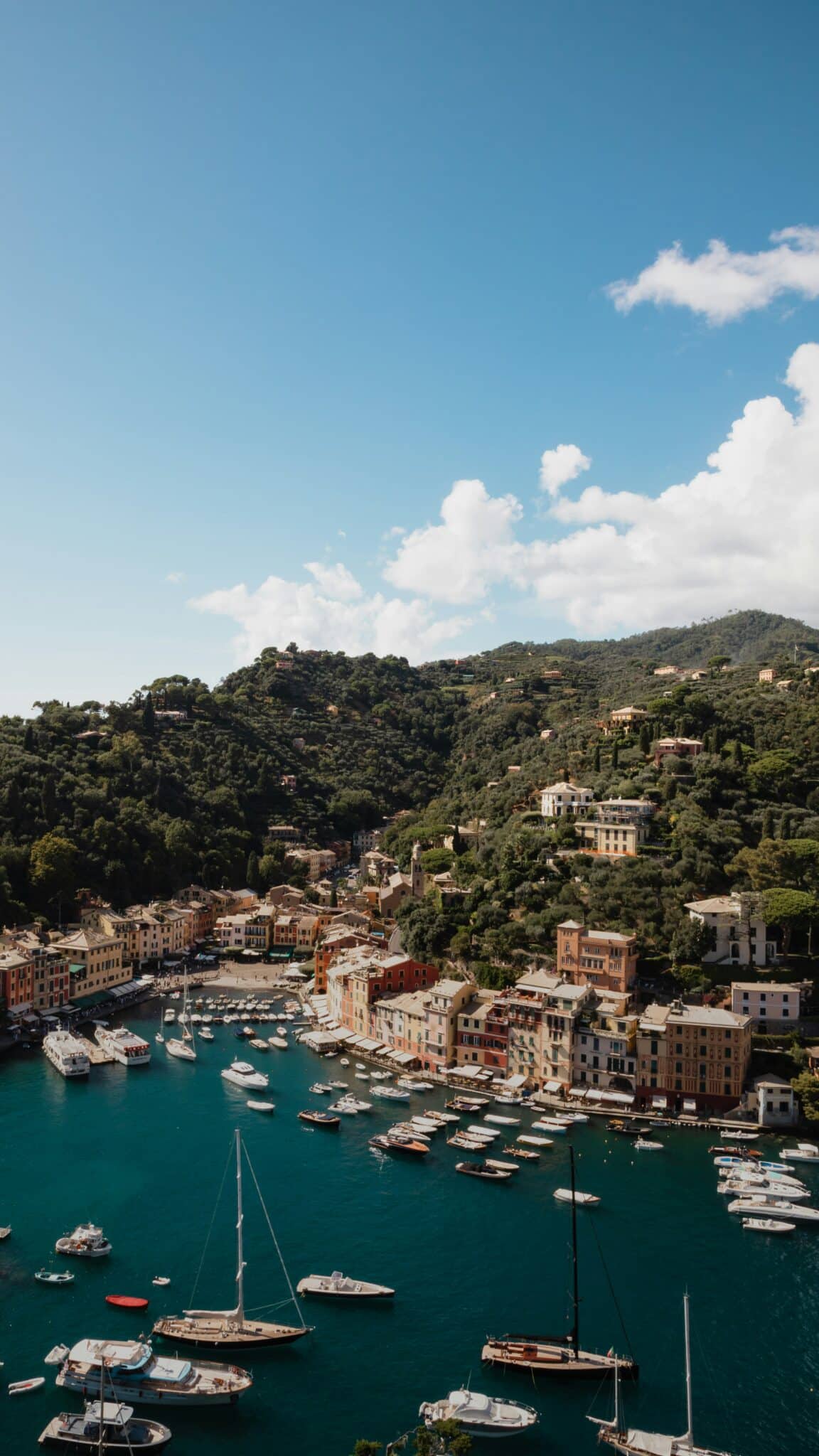
Transport has also been affected. Venice banned cruise ships from entering its historic centre several years ago, as did Amsterdam last summer. Dubrovnik, in Croatia, has rationed arrivals by sea.
All these measures have been taken to reduce over-tourism, which leads to incivilities, environmental problems, damage to natural sites and a weakening of the overall well-being of the cities, both for the locals and for the travellers themselves. But if these tourist destinations want to breathe easy more than ever, the number of international visitors in 2024 should return to pre-pandemic levels. And the trend does not appear to be downwards for the next few years.
Read also : The finest luxury 5-star hotels in the Balearic Islands
Featured photo : © Unsplash




